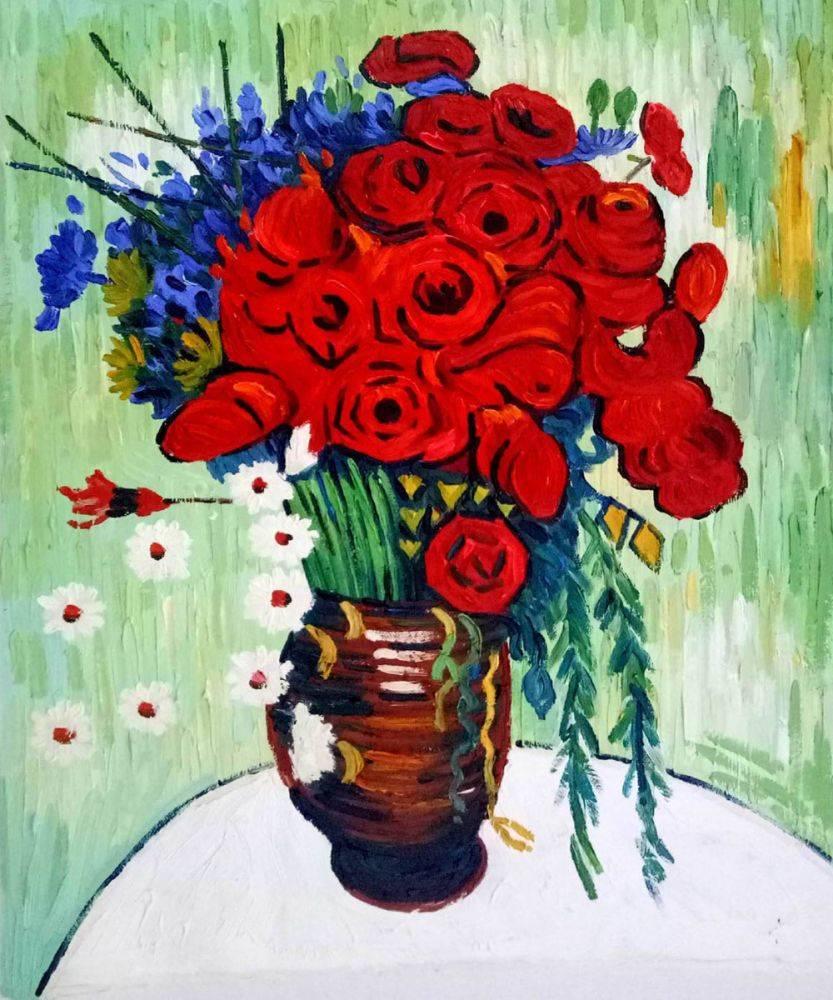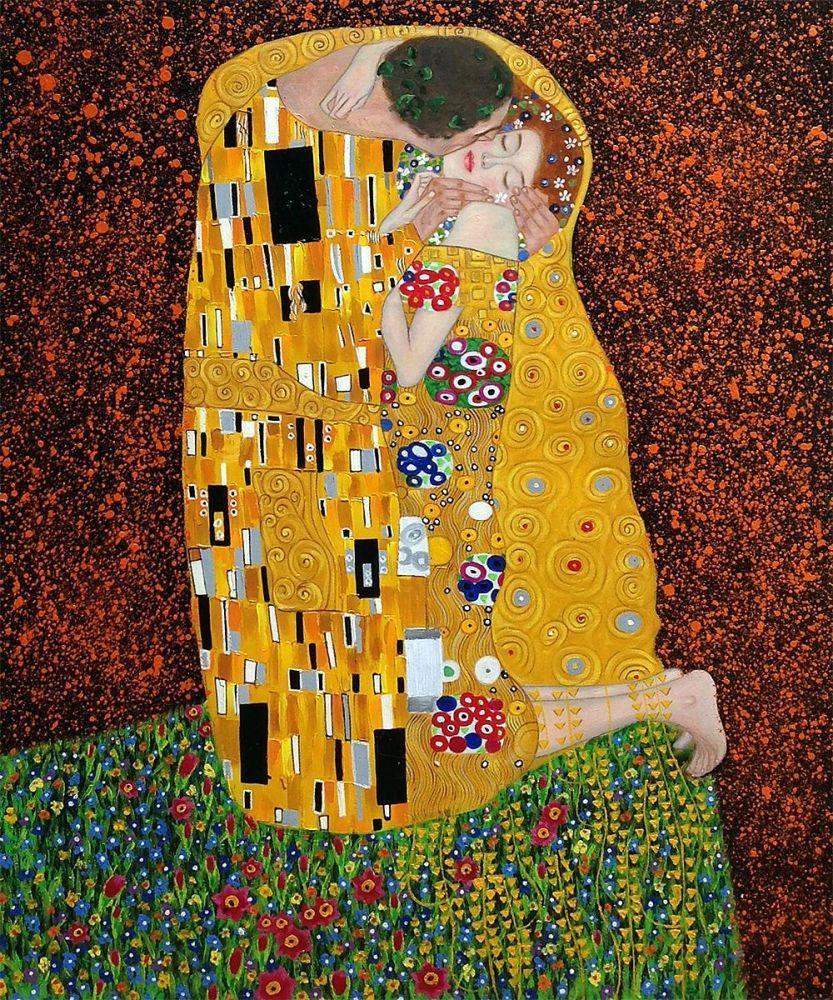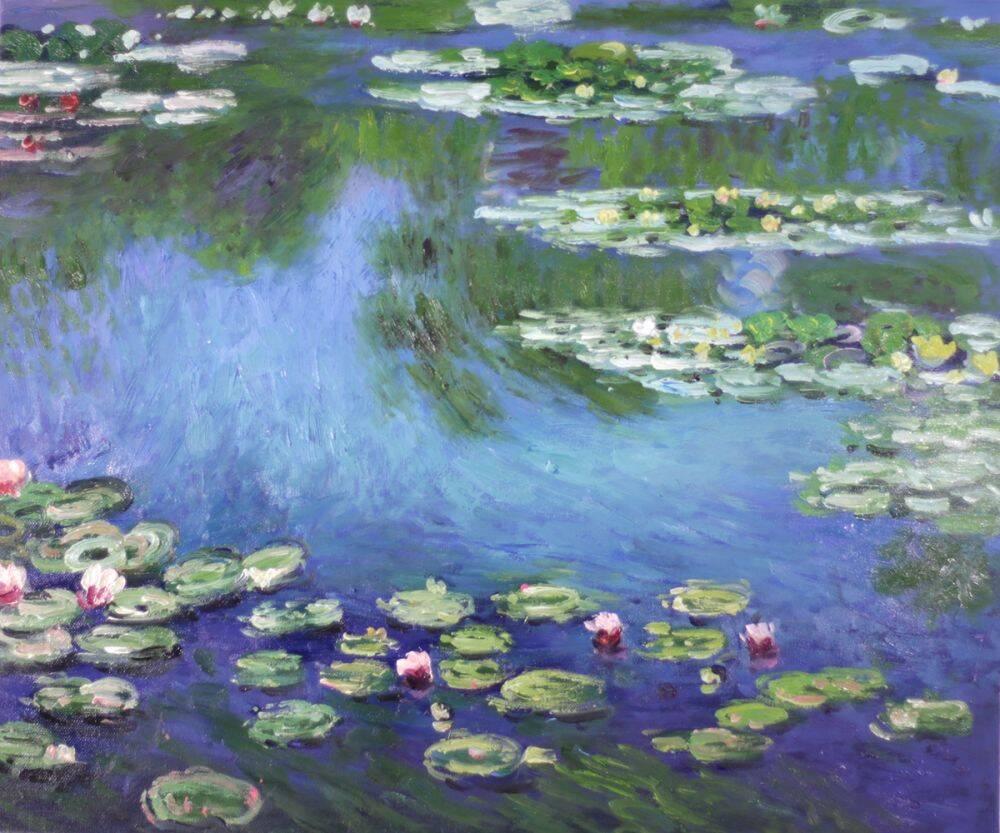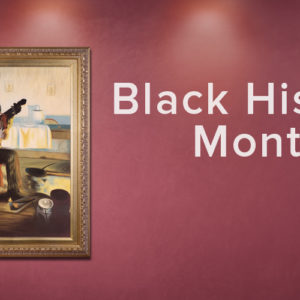Art
Art Reflections
Happy Birthday, Gustav Klimt!
Austrian artist Gustav Klimt, born in 1862, would be 154 today. A prominent leader of the movement known as the Vienna Secession, Klimt’s oeuvre includes such renowned pieces as “Portrait of Adele Bloch-Bauer” and “The Kiss”.
Though he began his artistic training and subsequent career at the early age of 14, it wasn’t until his late 20’s that he began to develop his signature style. Prior to that, his art was quite traditional and conservative though admittedly successful at garnering commissions. The turning point was a series of several murals for the University of Vienna which were deemed so scandalously radical and provocative that they were rejected amidst public outcry. He would remain faithful to his artistic vision even while controversy followed him in later years and never accepted another public commission.
Influenced particularly by the increasingly available artwork coming out of Japan, Klimt co-founded the Vienna Secession movement. Other artists like Egon Schiele and Koloman Moser were also members of this, despite clear stylistic differences. The movement sought to move away from dogmatic adherence to technical or formal guidelines, instead fostering the incorporation of new methods for the sake of diversifying the art of the day. Most members looked to other cultures and particularly to the natural world to find new wellsprings of creativity.
As well as the more graphic and flattened nature of Asian art, Klimt took great inspiration from the rich patterning and extensive gilding of Byzantine art. Adopting these methods led to his most famous works, including “The Kiss” and others, which feature complex patterned fabrics and gold leafing that borders on ostentatiousness. The detailed texture of these works can hold one’s eye and interest for hours.
Following a long and successful career that helped redefine the norms and expectations of the art world, Gustav Klimt died in February of 1918. Appreciation for his work has grown steadily over the decades since and regularly fetches exorbitant sums at auction. Owning a piece of his legacy is a point of pride not only for private collectors but also for museums around the world where is work draws crowds from the public.














